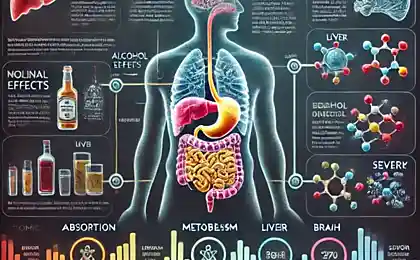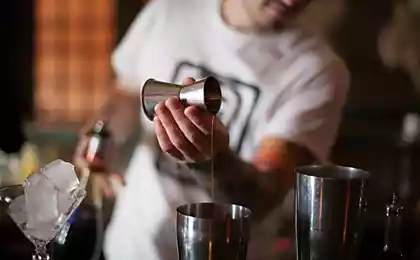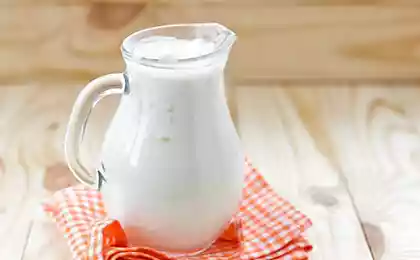527
11 little known ways to use alcohol in cooking
Perhaps not everyone knew about the magic properties of alcoholic beverages is not only to lighten the mood, but also turn an ordinary dish into a special one.
So combine business with pleasure and learn how to use alcohol to give the dish a unique and incomparable taste and aroma.
1. Enhancing food flavor
The molecules of the alcohol volatile, meaning they easily evaporate and carry the aroma of the food through the air straight into the nasal cavity, teasing the olfactory receptors. If you add a little alcohol, for example, in fruit salad, it will enhance and accentuate its flavor. Smell plays a key role in the dish. Our taste perception of food depends more from smell than from taste buds on the tongue.
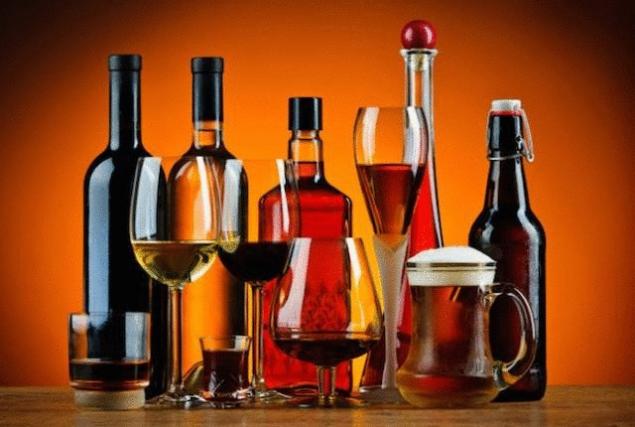
2. Beer batter
Brewer's yeast is rich in proteins. If you add a little beer into the dough, it will turn out crispy and crunchy beer batter.
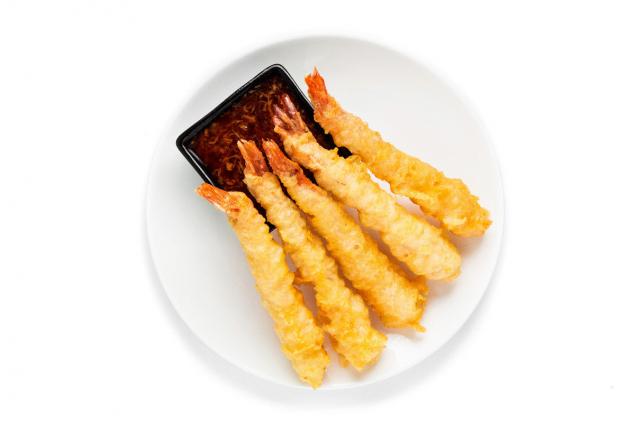
3. Maintaining the moisture content of the product
In addition the beer will not allow the food inside to cook, which makes it possible to fry, for example, the fish in hot oil without fear to overdo it.
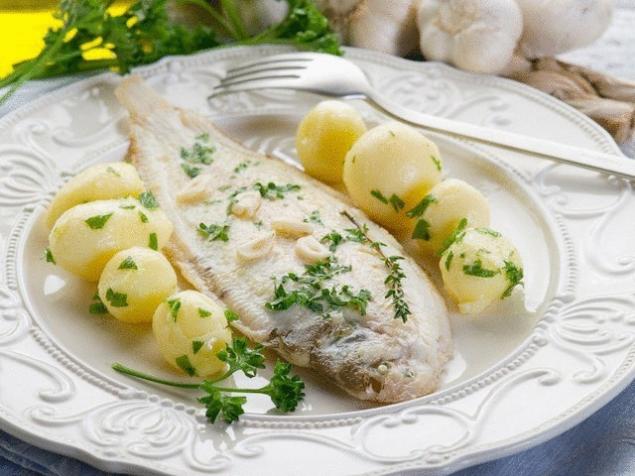
4. Preparation of soft ice cream
Ice cream made at home, should not be frozen. Alcohol lowers the freezing point (that's why we cool the liquor in the freezer), making ice cream more soft and creamy, not forming any ice crystals. Remember: alcohol need quite a bit – three teaspoons per liter. If you do not want to change the flavor of ice cream, add vodka. Amaretto, Grand Marnier and other liqueurs flavored ice cream give your special taste.
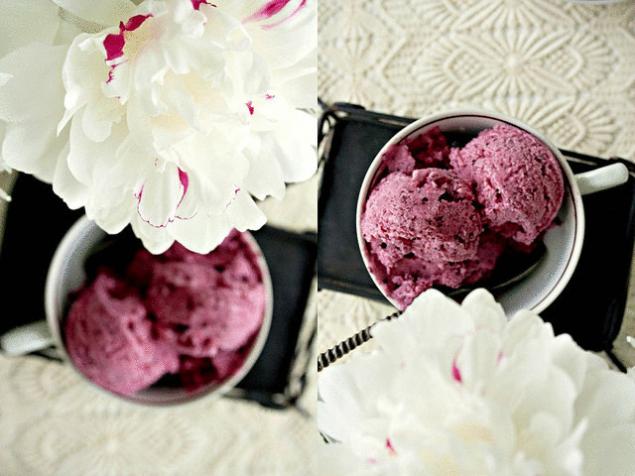
5. The softening of meat
Alcohol along with vinegar can soften the meat, for example when marinating, and to give it a rich taste. And contained in beer and wine acids and tannins break down protein, making even the toughest meat tender and melting in your mouth.
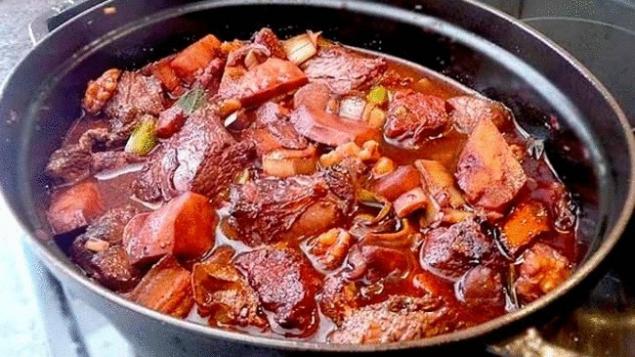
6. Crispy pastries
Water promotes the production of gluten in flour, making the finished baked goods more dense and heavy. Vodka (or other alcohol) instead of water limits the production of gluten and makes the dough more brittle, crisp and tender.
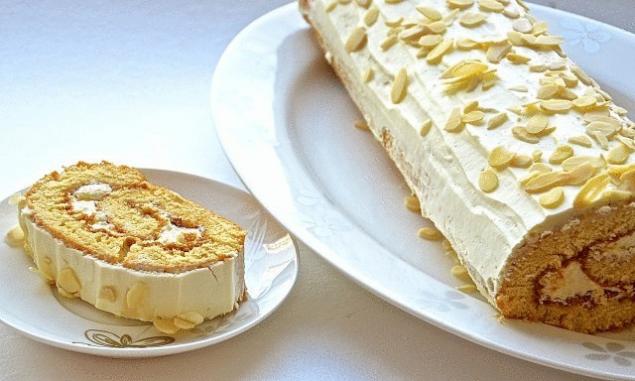
7. Reducing the level of carcinogens
It has been proven that the process of marinating meat in dark beer reduces polycyclic aromatic carbohydrates, which can cause cancer.

8. The Flambeau to make the dish of elegance
About this technology is the ongoing debate: someone said that the chef sets fire to the alcohol in food only for entertainment, and to surprise the audience. However, there is every reason to believe that the immediate impact of fire promotes rapid Browning of food or caramelization of sugar in the sauces, the dish does not work overdone. And dried and annealed region will have a unique taste and aroma.

9. Effective degradirovali
While roasting in the pan or any other dish pieces of meat tend to stick to the surface, which turns meat brown patina or slightly roasted aftertaste. Technique it easier to stir helps to remove food debris from the bottom of the pan, the emerged as a result of the process of caramelization, and then use these residues in sauces. As a liquid it easier to stir, you can use beef broth, water and, of course, alcohol (e.g., wine). Alcohol makes it easier to stir more efficient because ethanol creates a chemical bond with water molecules and fats.

10. Natural aromatic extracts
The alcohol serves as the ideal basis for the preparation of different extracts, tinctures and aromatic oils from nuts, vanilla beans or citrus. Tincture with the addition of vodka is aged for approximately seven days. The same technology (only with sugar), you can prepare Italian lemon liqueur – Limoncello.
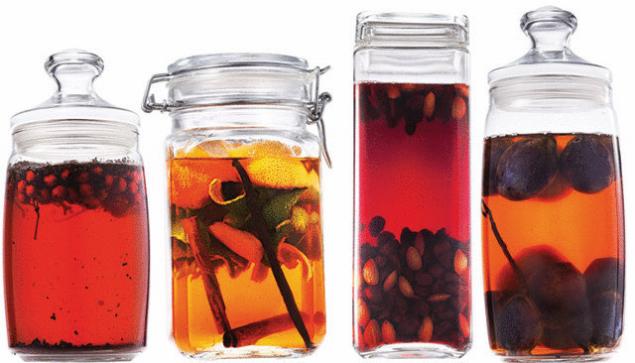
11. The amount of alcohol matters
The boiling point of alcohol is much lower than that of water, but completely out of food it does not evaporate. Hardly a bite of rum cake you will be totally pissed. The main mistake when cooking with alcohol is too big or too small the amount. So try to follow all the necessary proportion of alcohol, and the result will surprise you.
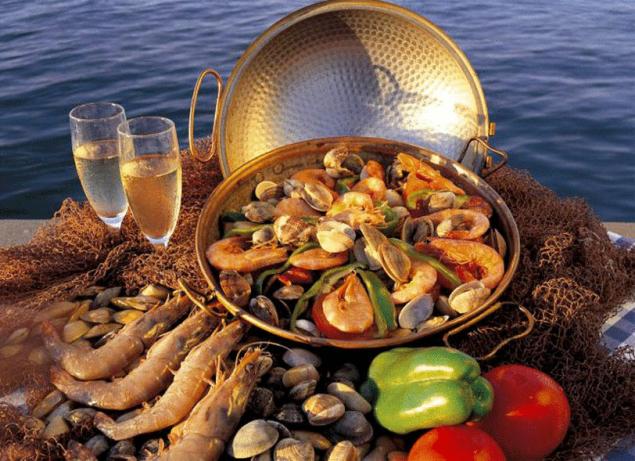
Source: /users/559
So combine business with pleasure and learn how to use alcohol to give the dish a unique and incomparable taste and aroma.
1. Enhancing food flavor
The molecules of the alcohol volatile, meaning they easily evaporate and carry the aroma of the food through the air straight into the nasal cavity, teasing the olfactory receptors. If you add a little alcohol, for example, in fruit salad, it will enhance and accentuate its flavor. Smell plays a key role in the dish. Our taste perception of food depends more from smell than from taste buds on the tongue.

2. Beer batter
Brewer's yeast is rich in proteins. If you add a little beer into the dough, it will turn out crispy and crunchy beer batter.

3. Maintaining the moisture content of the product
In addition the beer will not allow the food inside to cook, which makes it possible to fry, for example, the fish in hot oil without fear to overdo it.

4. Preparation of soft ice cream
Ice cream made at home, should not be frozen. Alcohol lowers the freezing point (that's why we cool the liquor in the freezer), making ice cream more soft and creamy, not forming any ice crystals. Remember: alcohol need quite a bit – three teaspoons per liter. If you do not want to change the flavor of ice cream, add vodka. Amaretto, Grand Marnier and other liqueurs flavored ice cream give your special taste.

5. The softening of meat
Alcohol along with vinegar can soften the meat, for example when marinating, and to give it a rich taste. And contained in beer and wine acids and tannins break down protein, making even the toughest meat tender and melting in your mouth.

6. Crispy pastries
Water promotes the production of gluten in flour, making the finished baked goods more dense and heavy. Vodka (or other alcohol) instead of water limits the production of gluten and makes the dough more brittle, crisp and tender.

7. Reducing the level of carcinogens
It has been proven that the process of marinating meat in dark beer reduces polycyclic aromatic carbohydrates, which can cause cancer.

8. The Flambeau to make the dish of elegance
About this technology is the ongoing debate: someone said that the chef sets fire to the alcohol in food only for entertainment, and to surprise the audience. However, there is every reason to believe that the immediate impact of fire promotes rapid Browning of food or caramelization of sugar in the sauces, the dish does not work overdone. And dried and annealed region will have a unique taste and aroma.

9. Effective degradirovali
While roasting in the pan or any other dish pieces of meat tend to stick to the surface, which turns meat brown patina or slightly roasted aftertaste. Technique it easier to stir helps to remove food debris from the bottom of the pan, the emerged as a result of the process of caramelization, and then use these residues in sauces. As a liquid it easier to stir, you can use beef broth, water and, of course, alcohol (e.g., wine). Alcohol makes it easier to stir more efficient because ethanol creates a chemical bond with water molecules and fats.

10. Natural aromatic extracts
The alcohol serves as the ideal basis for the preparation of different extracts, tinctures and aromatic oils from nuts, vanilla beans or citrus. Tincture with the addition of vodka is aged for approximately seven days. The same technology (only with sugar), you can prepare Italian lemon liqueur – Limoncello.

11. The amount of alcohol matters
The boiling point of alcohol is much lower than that of water, but completely out of food it does not evaporate. Hardly a bite of rum cake you will be totally pissed. The main mistake when cooking with alcohol is too big or too small the amount. So try to follow all the necessary proportion of alcohol, and the result will surprise you.

Source: /users/559
The beauty of the Earth from a bird's eye view
Triclosan in soap and cosmetics contributes to breast cancer


